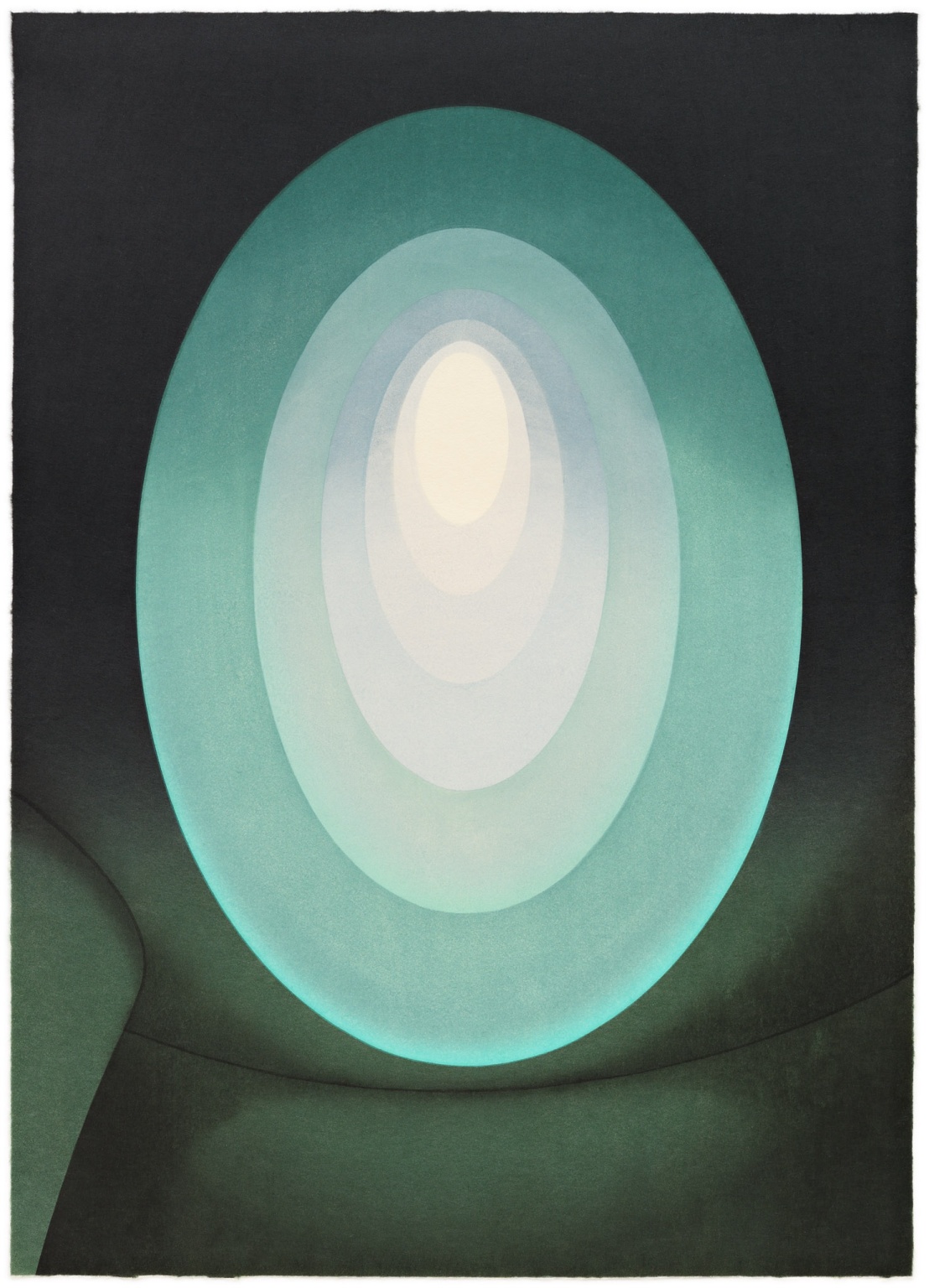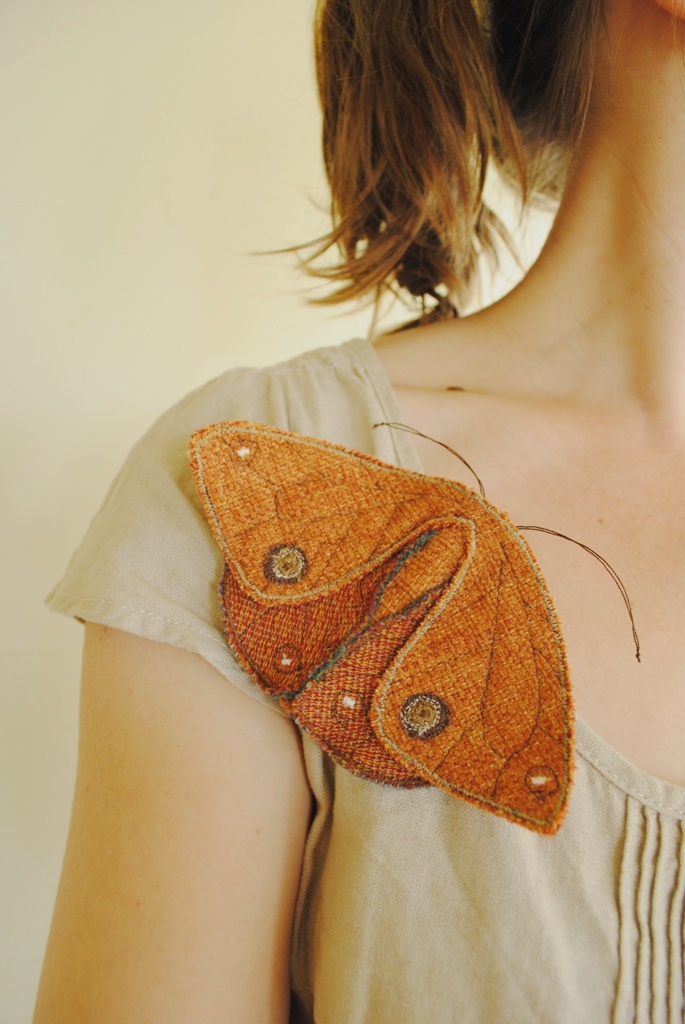Table of Content
If you use spray adhesive or a spray-on chemical to stiffen the fabric, make sure you have a drop cloth or other protective surface beneath it. Don't oversaturate the fabric or it will become too stiff to use once it's printed. After spraying, let it dry completely before feeding through your printer so it doesn't get jammed. It can help to leave about 2 inches of stabilizer to feed through the printer rollers to catch the material.Office supply stickers or labels are also efficient to use. You can peel off a label and stick it to your fabric and then trim as needed. These labels won't leave much residue if any and they come pre-sized for printing.
When preparing a picture, it is essential to remember that a home printer is not capable of printing with white ink. All white areas of the image will be unprinted. That is, white during thermal transfer will acquire the color of the base. It's just one of the many ways you can use your So Fontsy SVG designs. In this tutorial, we'll show you how easy it is to get started printing on fabric. Check your computer settings before printing.
how to print on fabric with an inkjet printer and make embroidered map art
Somehow screenprinting is still a bit of a mystery to me even though I basically worked in a screenprinting shop for 4 years a while back. When attempting this tie-dye process at home, also make sure you’re in a well-ventilated area or ideally outside. I’ve also heard this called bleach tie-dye, but it’s basically a new type of trendy tie-dye that has taken the blogging-sphere and influencer world by storm. You can buy Shibori dye kits around the web if you do a quick search. This is fairly simple to do at home as long as you have a big pot you can use and some kitchen tongs you don’t mind getting turned blue.
I've had good luck finding what I've needed at Joann's. The printer I use is an ink-jet, Epson WF-7010, it's affordable (about $350) and it can print up to 13" x 19" pages. This personalized corkboard is covered in maps printed onto fabric sheets. Only really works well with light coloured fabrics. For cleaning copper, a mil acid or mild abrasive, followed by a rinse and buff dry will remove buildup.
Featured Articles
For those who want a more direct approach, you can try solid copper nasal wands to swab your nose. Given that bacteria need a couple of hours on a copper surface to die off, these may not be effective. If you've had great results using a nose wand, I'd love to hear your story. The ancients knew it, and modern science confirms it.
After a long time struggle, double side tape came to the rescue! Other options include a piece of wood, a large rubber eraser that can be carved into like wood, or any kind of household item that could leave an interesting print. I do this all the time but have never soaked the fabric due to not planning on washing them so far. I usually iron on the cotton muslin over freezer paper, shiny side sticks to fabric because of the wax. When I print on canvas, I don't add a backing because it's stiff enough to feed through OK. I have had times when the fabric jams and I have to use my imagination to make use of it by fabric painting, printing again starting on the other side.
How To Make An Upcycled Leather Bag With Paint and Print
In short, a computer is absolutely necessary for art printing. Again, if your artworks are small enough, you can use a scanner to get digital representations of the image. Scanners generally have high dpi, so the only thing you need to worry about then is color accuracy. The good news, however, is that you may already own some of these tools. Plus, if you only plan on making prints occasionally, you might be able to borrow some of the necessary equipment from a friend or another artist.
Before you remove the stencil, use a hair dryer to apply a 2-3 second blast of heat. You don't want the paint to dry completely before removing the stencil, but you don't want it wet either. Add the fabric over the sticky layer of the tape, adding it slowly and in small sections to avoid creating bubbles and uneven areas in the surface of the fabric. Peel off the shiny paper from the double sided tape to reveal the other sticky layer of the double sided tape. Cover one side of the paper in double sided tape, sticky side facing the paper. Place the T-shirt or any other item you wish to print on in the pre-prepared work area, protected from possible ink splashes.
Cutting the Stencil
Oil-based ink has a thicker consistency and is more difficult to work with. It comes in many different colors and can create beautiful textural prints – but it also takes more ink and much longer to dry fully. Oil-based inks can be messy and require special substances to wash out.

This printing process was revolutionary for the times. Though the carving process was skilled work that took a significant amount of time – an untold number of prints could be produced from a single block. The best printer for art prints is typically an inkjet printer that supports the pigment-based inks that should always be used for art printing. Pigment ink is very durable and can last up to a century if the print is adequately cared for.
There are commercial copper cleaners on the market, but household items like tomato paste, or a paste of equal parts flour and vinegar will get the job done. Given recent events, there's been more interest in antibacterial fabrics. Studies show that copper infused fabric is antibacterial and not toxic to human skin cells.
If the paint goes through the fabric completely, it can be uncomfortable against the skin. Fabric paint is designed to flex and provide good coverage without soaking the fabric. It is also machine-washable when completely dry.
Thanks to all authors for creating a page that has been read 35,592 times. When you wash, turn your shirt inside out to protect the print. If there are a lot of pieces that are barely attached, take care not to disrupt them. Once you make the first pass, you'll find that the acetate sticks to the fabric.

Bryan is an artist living in Las Vegas, Nevada who loves travel, ebiking, and putting ketchup on his tacos (Wha?!).You can find out more about Bryan here. The new document doesn’t have to be the same size as your original painting, but it should be relative. For example, trying to reproduce a 10×8 inch painting on a square canvas will undoubtedly make it look distorted and out of place unless it is heavily cropped. A lot of the prints I was selling at the beginning were in a more modern style.
The image will now be transferred to the fabric. This is another transfer method of printing, which means that you will need a mirror image copy of the picture you want to transfer. I have even used transfer paper to print on leather. Once the image is printed onto the fabric, simply pull away the freezer paper backing. The only thing better than having a beautifully designed, hand-made fabric creation – is having something you produced yourself!
The freezer paper will adhere to the fabric which gives the fabric enough stability to run it through your printer. This isn't permanent though because you'll remove the freezer paper after printing. Most printable fabric designs will fade if put into a machine washer or dryer. If you must use a washing machine, turn the clothing inside out and select cold water. The brightest white fabric will also be the best canvas for any colors, but if you want a background color or want to play with negative space, use a lightly tinted material. Keep in mind though that the darker the fabric is, the harder it will be to see anything printed on it.

